Want one pair of skis for every type of terrain? All-mountain skis are your answer. They’re designed for versatility, whether you’re carving groomed trails or floating through powder. Here's the quick breakdown:
- Width Range: 80–95 mm waist for balanced edge grip and flotation.
- Short Ski Option: Compact skis (65–120 cm) offer portability, agility, and solid performance.
- Key Benefits: Great control on hard-packed snow, easy turns, and reduced storage needs.
- Cost: Traditional skis cost $800–$1,500, while short skis start at $400.
Quick Comparison
| Feature | Traditional All-Mountain Skis | Short Skis (Snowfeet) |
|---|---|---|
| Length | 140–190+ cm | 65–120 cm |
| Terrain | Groomed runs, powder | Groomed runs, terrain parks |
| Storage | Requires a ski bag | Fits in a backpack |
| Price Range | $800–$1,500 | $400–$650 |
| Skill Level | All levels | Beginner to advanced |
Short skis like the Snowfeet models are compact, easy to handle, and compatible with regular winter boots. They’re a great alternative for skiers looking for agility without the bulk of traditional setups.
The BEST All Mountain Skis 2024 - Review
Design Elements That Matter
The design of all-mountain skis plays a key role in performance. By understanding these design elements, you can make a more informed choice when selecting skis.
Width and Snow Response
The width of a ski directly affects how it performs on different snow types. Traditional all-mountain skis typically have waist widths ranging from 75 mm to 110 mm, striking a balance between edge grip on firm snow and flotation in powder. Snowfeet's 65 cm model, with dimensions of 11 cm (tip) – 9.5 cm (waist) – 11 cm (tail), is designed for quick edge-to-edge transitions, offering precise control on groomed slopes.
| Design Element | Traditional All-Mountain Skis | Snowfeet Short Skis (65 cm model) |
|---|---|---|
| Waist Width | 75–110 mm | ~95 mm (9.5 cm waist) |
| Turning Radius | Generally larger | Approximately 4 m |
Now, let’s take a closer look at how ski shape influences control.
Shape and Control
Modern all-mountain skis often feature a rocker-camber-rocker profile. This design ensures stability while maintaining agility, making them versatile across various conditions. Snowfeet's short skis, on the other hand, are crafted for enhanced turning precision and responsiveness. Their design makes them particularly well-suited for moguls and terrain parks, where quick, sharp movements are essential.
"I must admit I was very sceptical at first about how these skis could be skied as safely and effectively as normal skis. But my doubts soon vanished. I was thoroughly surprised by the efficiency and safety of these skis."
– Davo Karničar
Let’s move on to the advantages of size and storage.
Size and Storage
Shorter skis offer more than just portability - they also improve responsiveness, especially during tight turns. Traditional all-mountain skis are usually over 160 cm in length. By contrast, Snowfeet’s compact designs not only simplify transport and storage but also provide increased maneuverability, making them ideal for urban skiers or anyone dealing with limited storage space.
Picking Your Perfect Ski
Finding Your Size
When it comes to ski length, traditional models typically range from 140 to 190+ cm, depending on your height. Snowfeet's short skis, however, offer a more compact and agile option. Here's a quick guide to help you choose the right model:
| Height Range | Traditional Length | Recommended Snowfeet Model |
|---|---|---|
| Under 5'4" | 140–150 cm | 65 cm Skiblades |
| 5'4" – 5'10" | 155–175 cm | 99 cm Skiblades |
| Over 5'10" | 175–190+ cm | 120 cm Freedom Skis |
"In general, short skis provide more fun and freedom of movement, they are playful, responsive, lightweight on your feet, easier to stop. But you have to keep a front-back balance especially during deep carving. It's just that simple." – Snowfeet Team
This guide gives you a solid foundation to match your ski model to your height, ensuring the right fit for your adventures on the slopes.
Matching Skis to Snow Types
Once you've determined the right size, the next step is pairing your ski model with the snow conditions you'll encounter. Different snow types call for specific ski features, and Snowfeet has you covered:
- Groomed Trails: The 65 cm Skiblades shine on groomed runs, offering precise edge control and effortless quick turns.
- Powder Days: The 99 cm Skiblades are ideal for powder, providing excellent flotation to keep you from sinking while still allowing for agile turns.
- Variable Conditions: The 120 cm Freedom Skis balance speed and stability, making them versatile for handling changing snow conditions, such as during spring skiing.
Skill Level Impact
Your skiing experience plays a big role in picking the right model. Shorter skis are generally easier to control, making them great for beginners. More advanced skiers, on the other hand, often opt for longer skis for their stability at higher speeds. Here's a breakdown:
| Skill Level | Recommended Model | Key Benefits |
|---|---|---|
| Beginner | 65 cm Skiblades | Lightweight, easy to turn, builds confidence |
| Intermediate | 99 cm Skiblades | A balanced mix of control and performance |
| Advanced | 120 cm Freedom Skis | Stability at speed, excellent in powder |
For those transitioning from beginner to intermediate, the 99 cm Skiblades offer the perfect combination of stability and maneuverability, making them a versatile choice for a variety of conditions.
sbb-itb-17ade95
Standard vs. Short Skis: Direct Comparison
Let’s break down the differences between traditional all-mountain skis and Snowfeet short skis by focusing on performance, cost, and practical use. This should help you decide which option fits your skiing needs best.
Performance Data
Here’s a side-by-side look at how traditional all-mountain skis compare to Snowfeet short skis across key performance areas:
| Performance Aspect | Traditional All-Mountain Skis | Snowfeet Short Skis |
|---|---|---|
| Maneuverability | Moderate (wider turning radius) | High (quick transitions) |
| Speed | Excellent at high speeds | Best at moderate speeds |
| Powder Performance | Superior flotation | Optimized for packed snow |
| Terrain Park Agility | Limited | Great for freestyle |
| Storage & Transport | Requires ski bag | Fits in a backpack |
| Weight Distribution | Extended snow contact | Concentrated contact points |
"One of the major advantages of short skis is that they are much easier to maneuver. Turning is just quick and easy. They also offer quicker acceleration and easier handling in the terrain." - Lisa Hayden-Matthews
These differences in performance highlight how each ski type caters to different skiing styles and conditions.
Price and Investment
When it comes to cost, the gap between traditional skis and Snowfeet short skis is clear. Traditional ski packages, including bindings and boots from brands like Rossignol or Atomic, typically cost between $800 and $1,500. On the other hand, Snowfeet offers more budget-friendly options:
- 65 cm Skiblades: Starting at $400
- 99 cm Skiblades: From $450
- 120 cm Freedom Skis: Priced at $650
Traditional skis also require additional spending on specialized boots, ski bags, and storage solutions. In contrast, Snowfeet models are compatible with standard winter or snowboard boots, making them a simpler and more versatile choice.
Common Usage Examples
Resort Skiing
Traditional all-mountain skis shine on wide, groomed trails where high speeds are the goal. Meanwhile, Snowfeet short skis offer unmatched agility, making them ideal for weaving through crowded or dynamic environments.
Terrain Parks
Short skis are a standout here. Their compact size and quick transitions make them perfect for freestyle tricks and navigating terrain parks with ease.
Variable Conditions
For deep powder, traditional skis are the go-to option with their superior flotation. But on groomed runs or packed snow, short skis like Snowfeet models excel, combining agility with versatility to handle a range of terrains. This makes them an appealing choice for skiers seeking an all-in-one solution.
Conclusion: The Future of All-Mountain Skiing
More than 50,000 skiers have already embraced this new approach to skiing, and the momentum keeps building. Traditional all-mountain skiing often demands pricey, specialized gear, but Snowfeet offers a refreshing alternative. Their lineup - from compact 38 cm skiskates to 120 cm short skis - delivers the excitement of skiing while tackling common concerns like storage, transportation, and cost.
Starting at just $150, Snowfeet’s short skis make winter sports more accessible by breaking down barriers like high costs and bulky equipment. What’s more, users can skip the hassle of specialized ski boots and simply use regular winter boots or snowboard boots.
The experiences of users highlight this shift in the skiing world:
"With these little skis, you feel much more agile, faster, and above all – comfortable. No buckles, no heavy boots – just strap in and go." - Jakub F, Snowfeet Skiblades User
With consistent ratings of 4.9/5 or higher, Snowfeet’s products stand out as versatile, high-performing gear that doesn’t compromise on quality or fun.
The future of all-mountain skiing seems to be leaning toward gear that’s not only easier to use but also more enjoyable. Whether you’re drawn to the playful maneuverability of 65 cm skiblades or the steady control of 120 cm short skis, these innovations are reshaping the sport by combining ease of use with pure excitement.
Ready to try it for yourself? Check out Snowfeet’s range of short skis and elevate your mountain adventures with free shipping and a 30-day return policy.
FAQs
How do Snowfeet short skis perform compared to traditional all-mountain skis on different terrains?
Snowfeet short skis bring a new twist to all-mountain skiing by blending portability, ease of use, and versatility. Available in three lengths - 65 cm, 99 cm, and 120 cm - there’s an option for every skill level and terrain preference. The 65 cm model is ideal for beginners, offering easy control and smooth turns on groomed slopes. The 99 cm version caters to intermediate skiers, handling mixed conditions and light powder effortlessly. For advanced skiers, the 120 cm model provides excellent stability and performance, even at higher speeds or in deep powder.
What sets Snowfeet short skis apart from traditional brands like Rossignol or Atomic is their compatibility with regular winter or snowboard boots, making them incredibly convenient. They shine in agility, delivering quick, tight turns and reliable edge control. While traditional skis may offer better stability at very high speeds, they can’t match the compact size and adaptability of Snowfeet short skis, which are perfect for modern, all-terrain adventures.
How do I choose the right Snowfeet short skis based on my height, weight, and skill level?
To choose the right pair of Snowfeet short skis, focus on three key factors: your height, your weight, and your skill level. If you're just starting out, the 65 cm skis are a solid choice - they’re easier to handle, offering stability and boosting your confidence as you learn. For those with more experience, the 99 cm skis strike a balance between control and versatility. Advanced skiers aiming for speed and precision might gravitate toward the longer 120 cm skis.
The type of terrain you enjoy also plays a role. Shorter skis are ideal for navigating tight spaces and making quick turns, while longer skis shine when it comes to maintaining stability at high speeds. To ensure the best fit, consider using a ski size guide or calculator, which can help you match your measurements and experience to the perfect ski length.
Are Snowfeet short skis a good choice for beginners, and how do they compare to traditional skis for learning?
Yes, Snowfeet short skis are a great option for beginners. Their smaller size makes them much easier to handle, giving new skiers more control and boosting their confidence on the slopes. Unlike traditional skis, their compact design allows for quicker turns and smoother movements, making the learning process feel more natural and less overwhelming.
Another perk of Snowfeet short skis is that they require less physical effort to use. This means beginners can spend more time skiing without feeling exhausted, allowing them to focus on building their skills and enjoying the experience. They offer a fun and beginner-friendly alternative to traditional skis while still being adaptable to a variety of terrains.

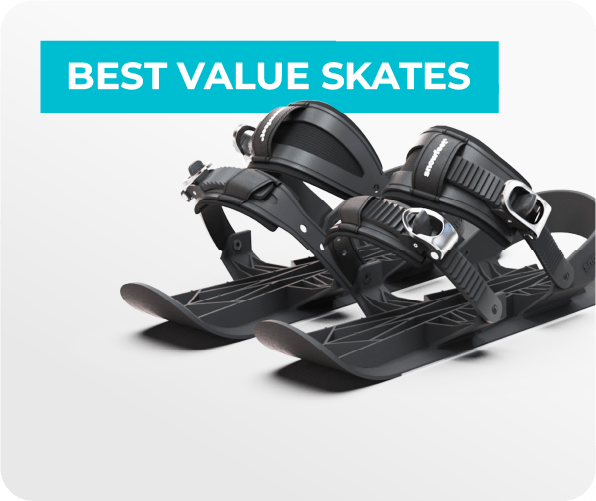
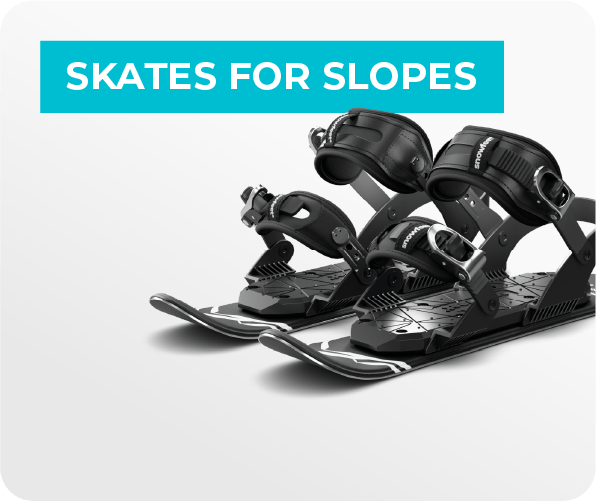
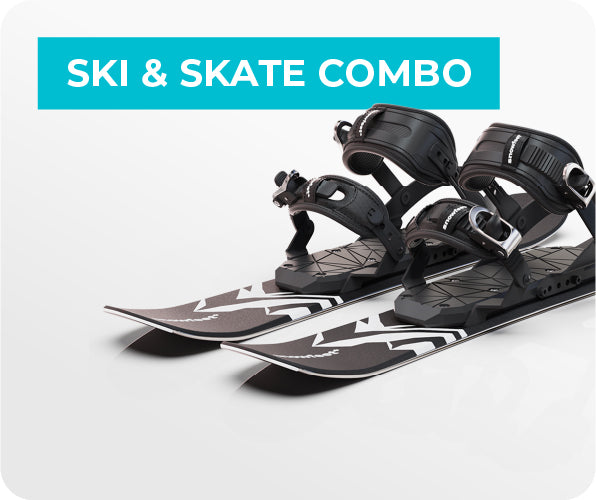
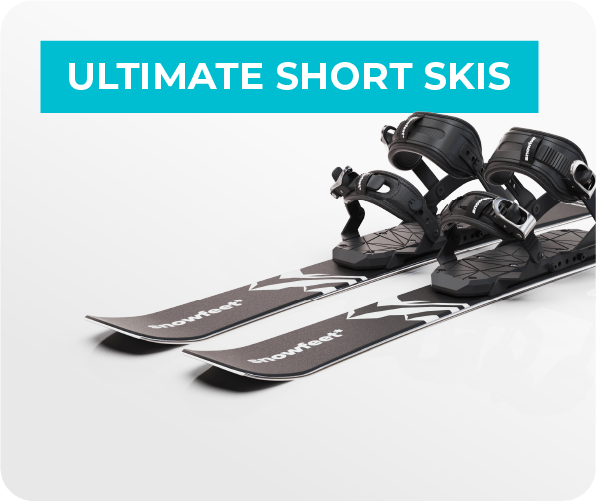
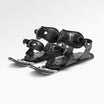
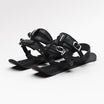
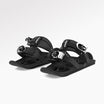
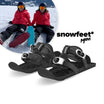
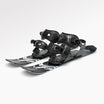
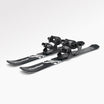
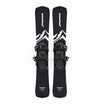
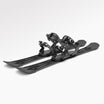
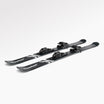
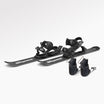
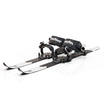
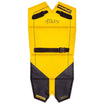
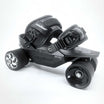

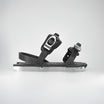
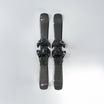
![All-Mountain Skis Explained: Your Guide to the One-Ski Quiver [2025]](http://www.snowfeetstore.com/cdn/shop/articles/ALL_MOUNTAIN_EXPLAINED_652a5e66-da62-417f-bad0-5aa080c9bf31-5081289.png?v=1758688819&width=1500)
![Best Freestyle Skis for Beginners [2025]: Top Picks](http://www.snowfeetstore.com/cdn/shop/articles/6821aaf93c68b32f40f80e3e-1747038967449_edeb12fc-bc58-4c52-8645-41fe21418731-5491791.jpg?v=1758688815&width=1536)
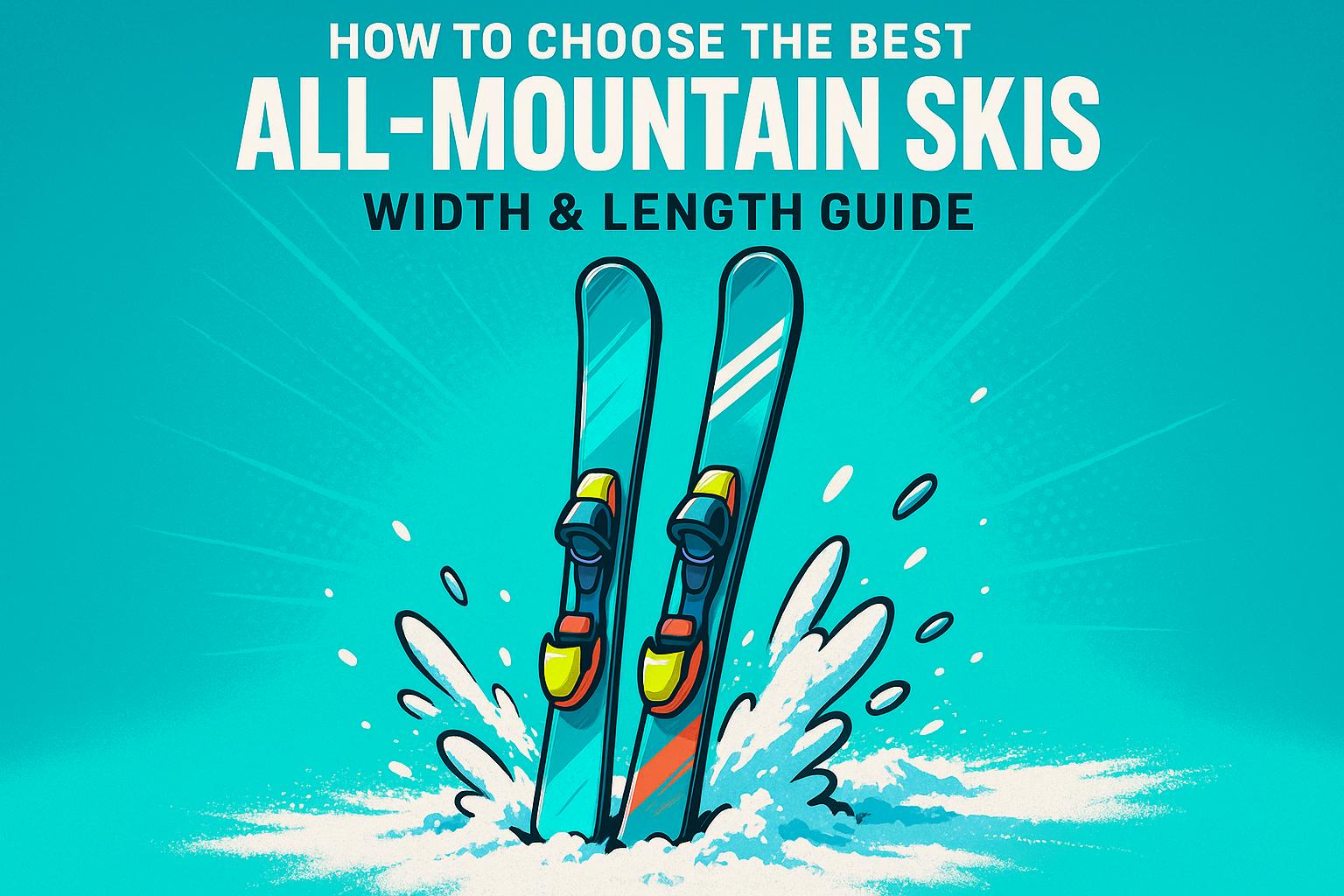
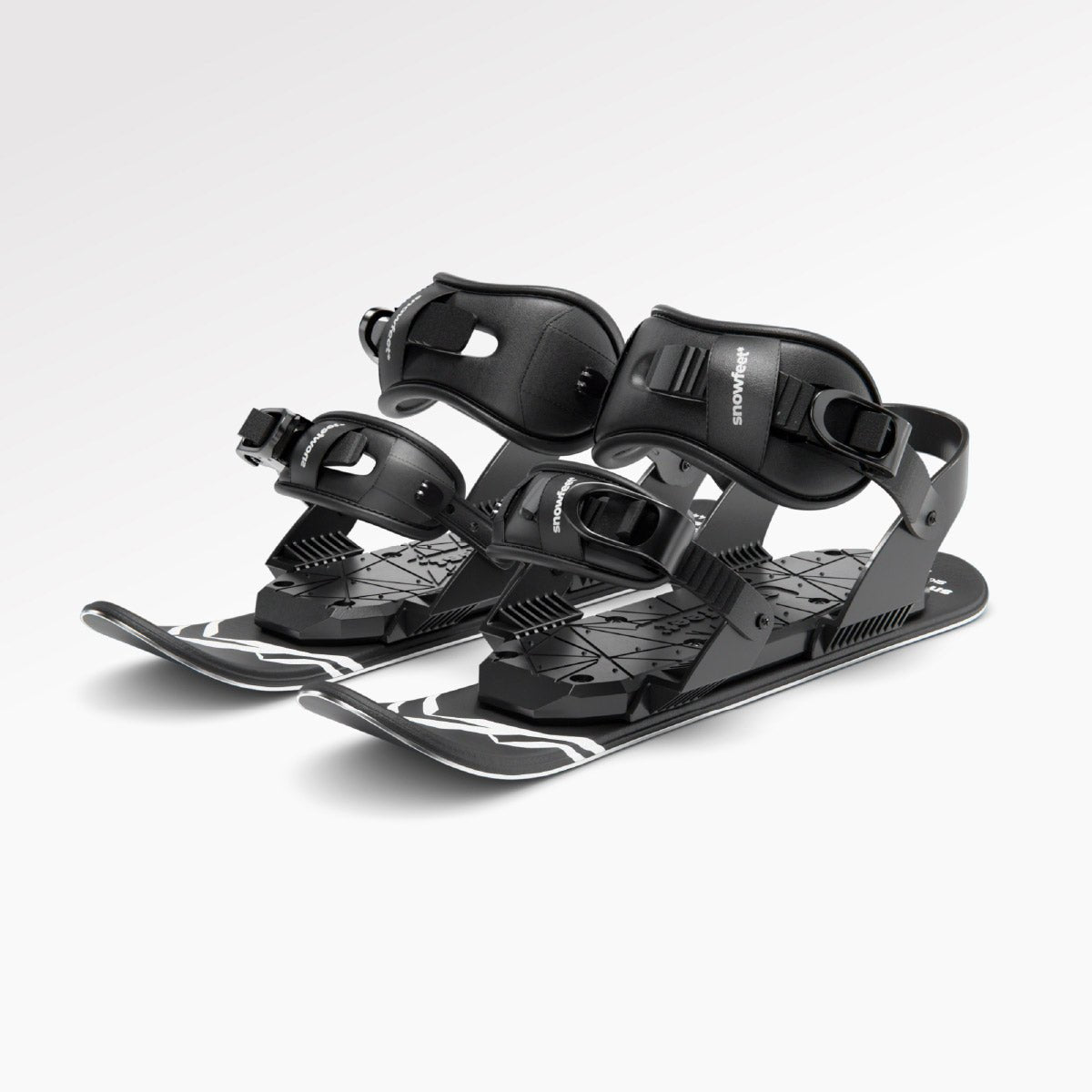
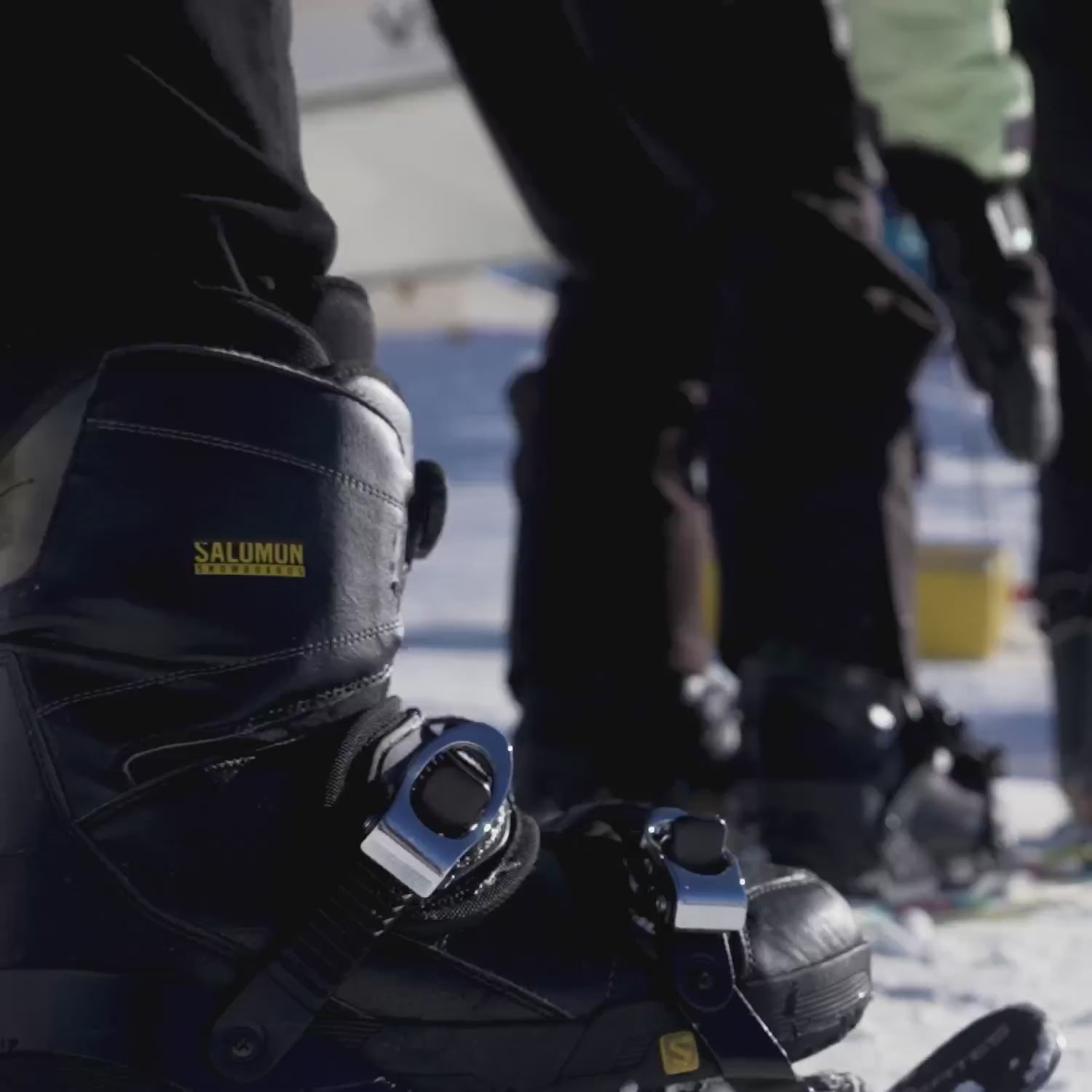
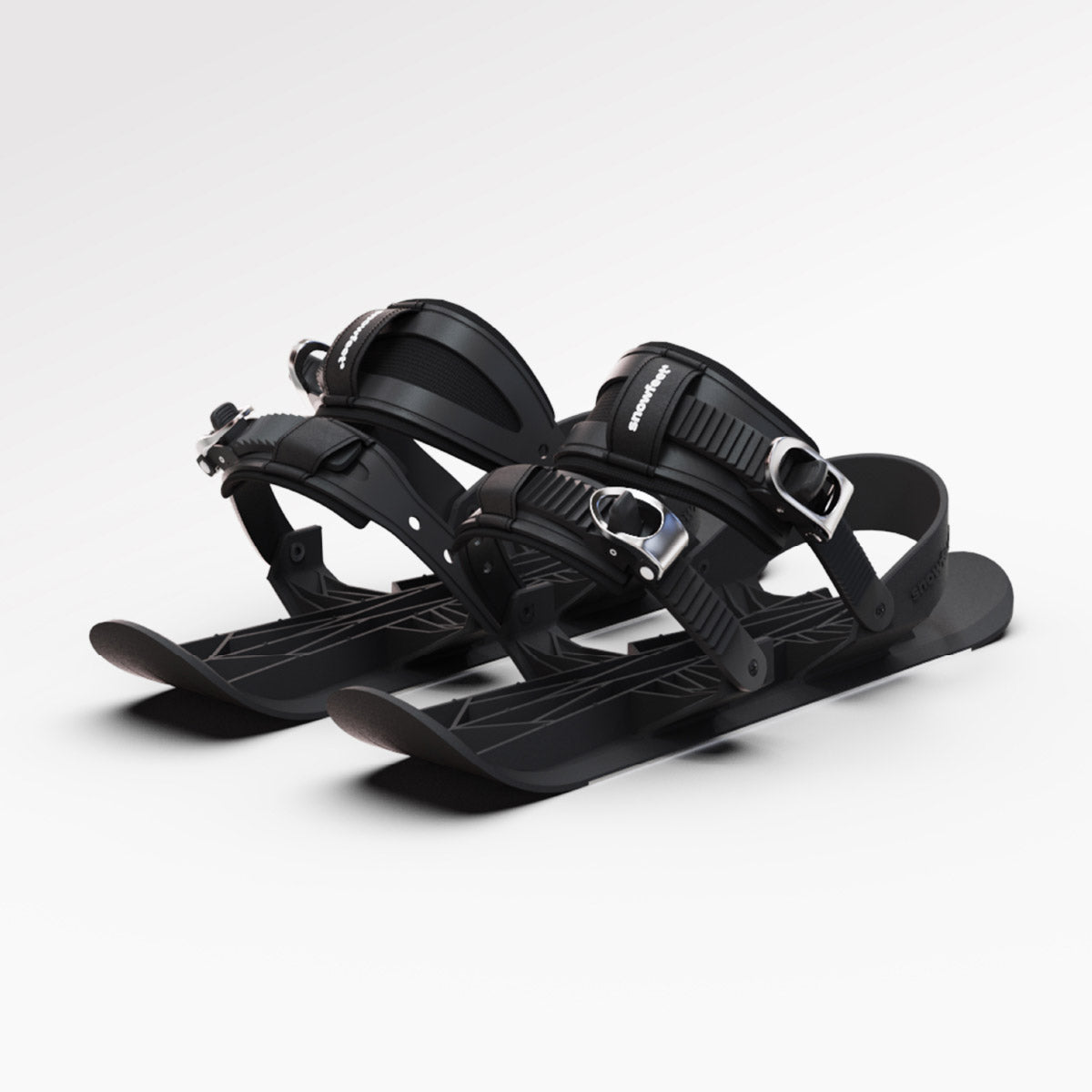

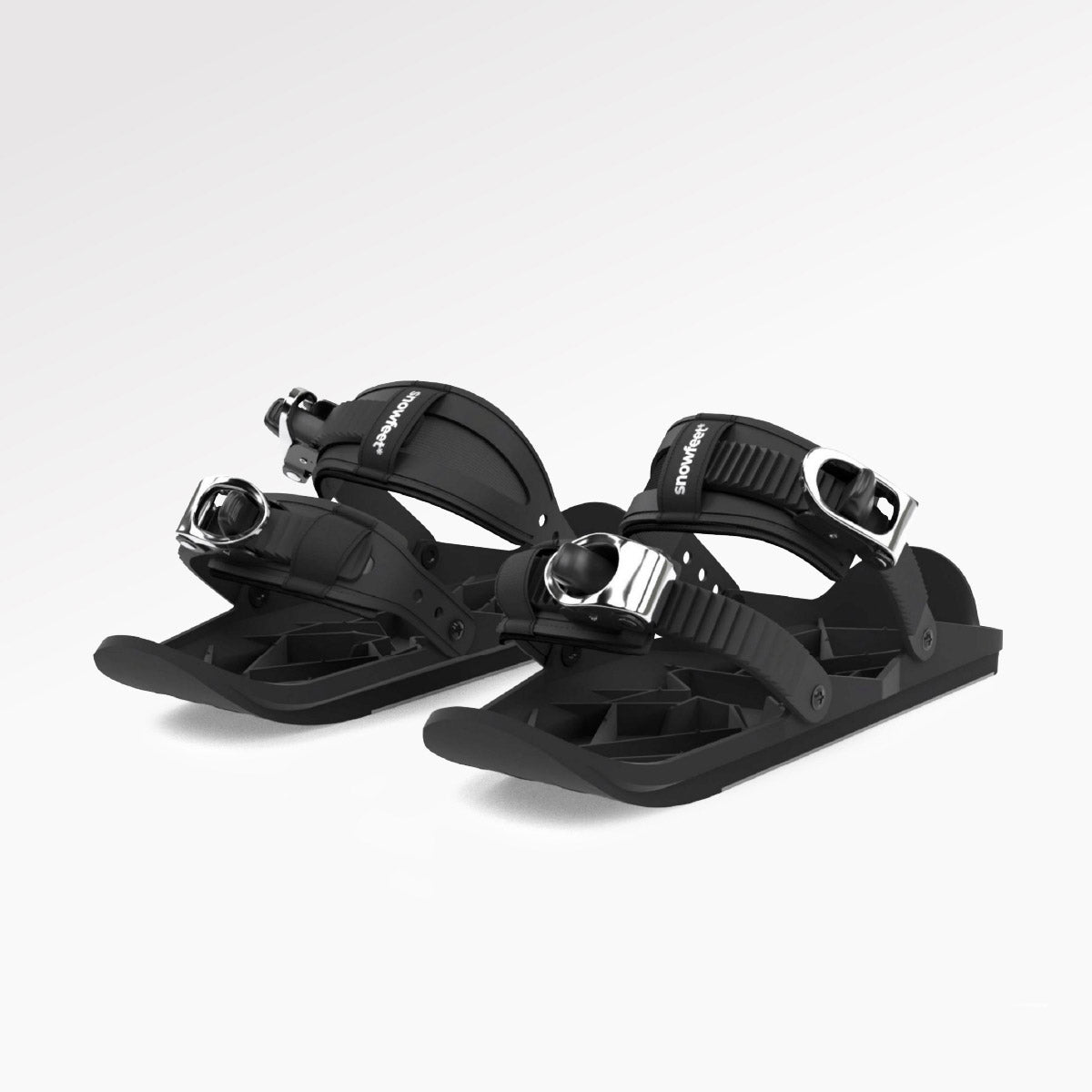
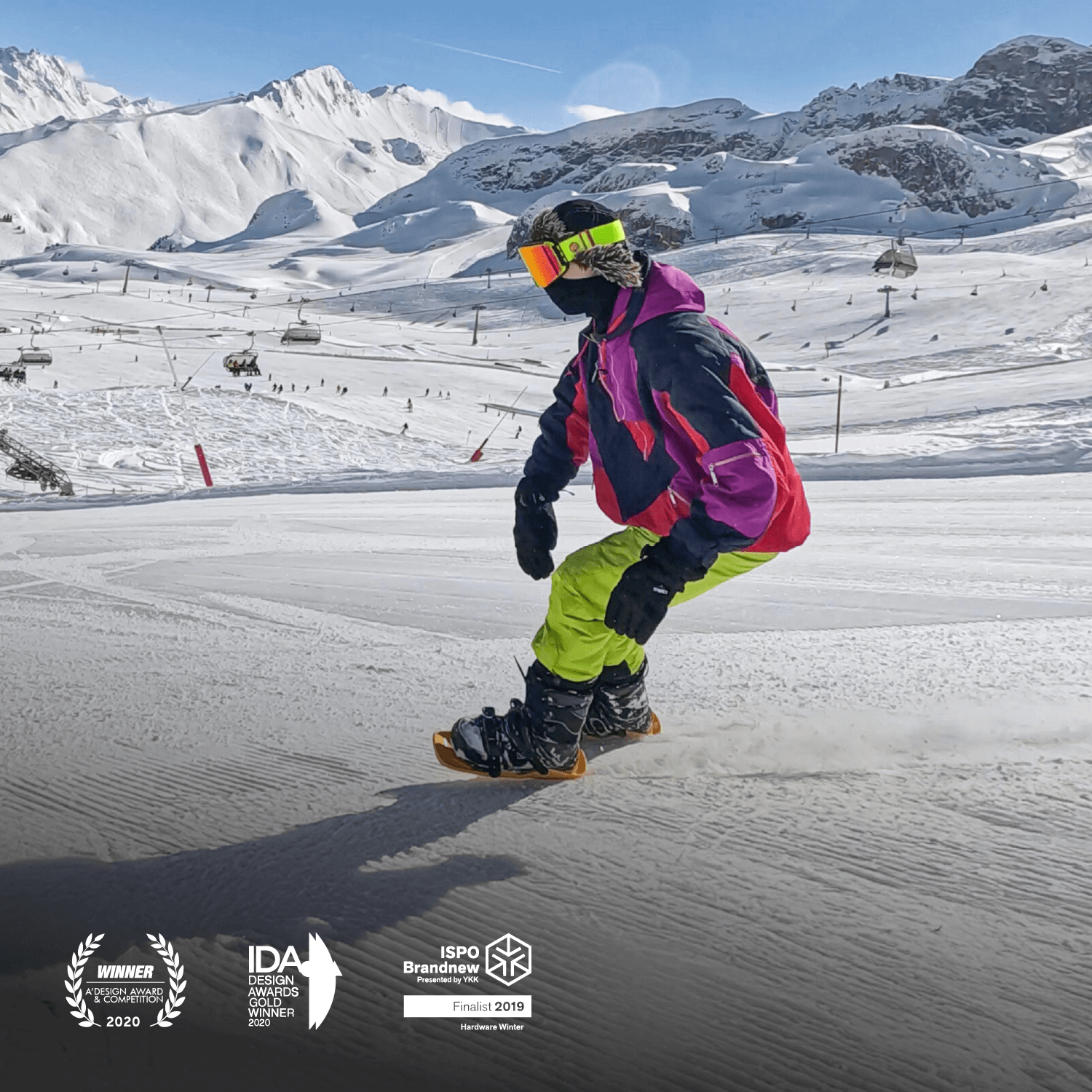
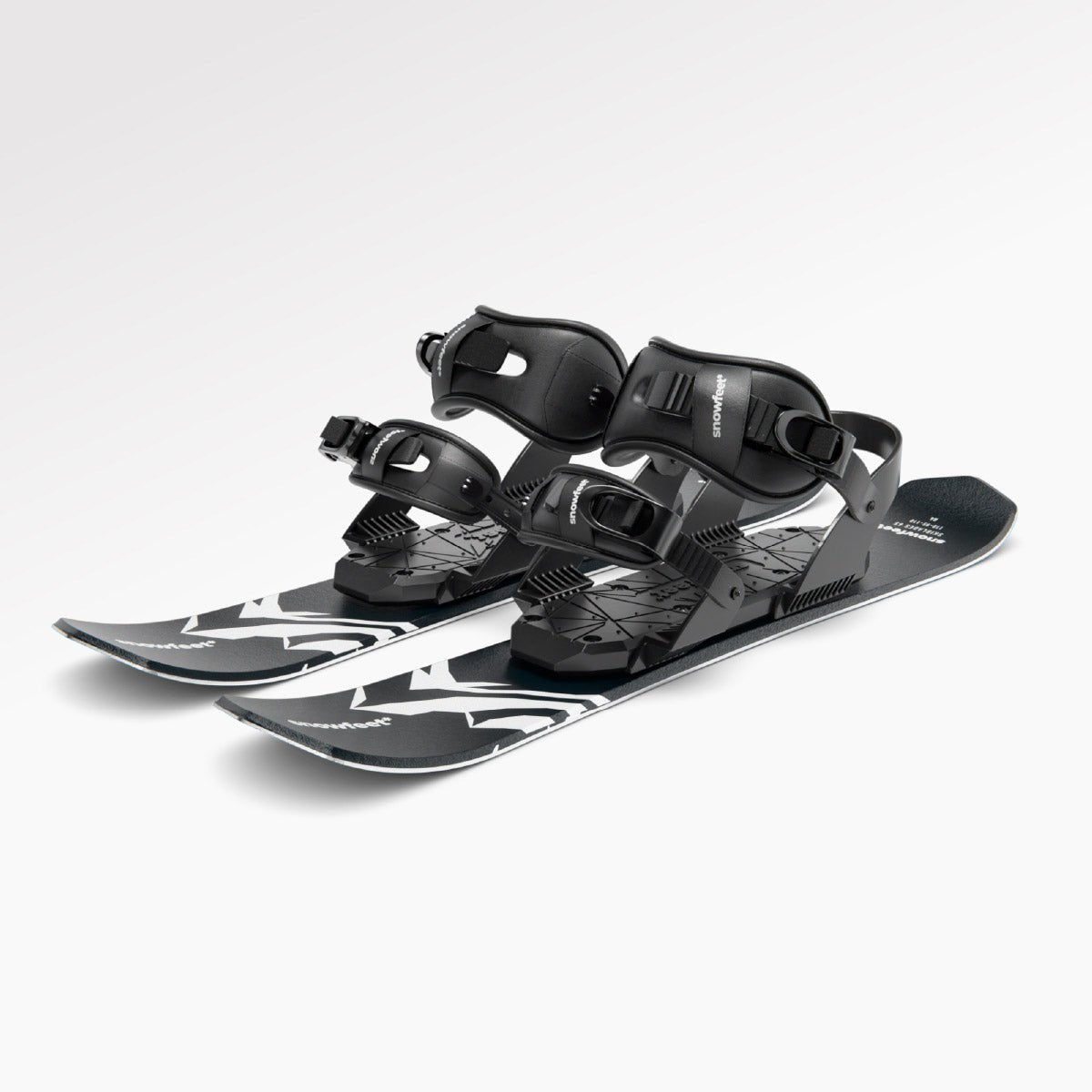
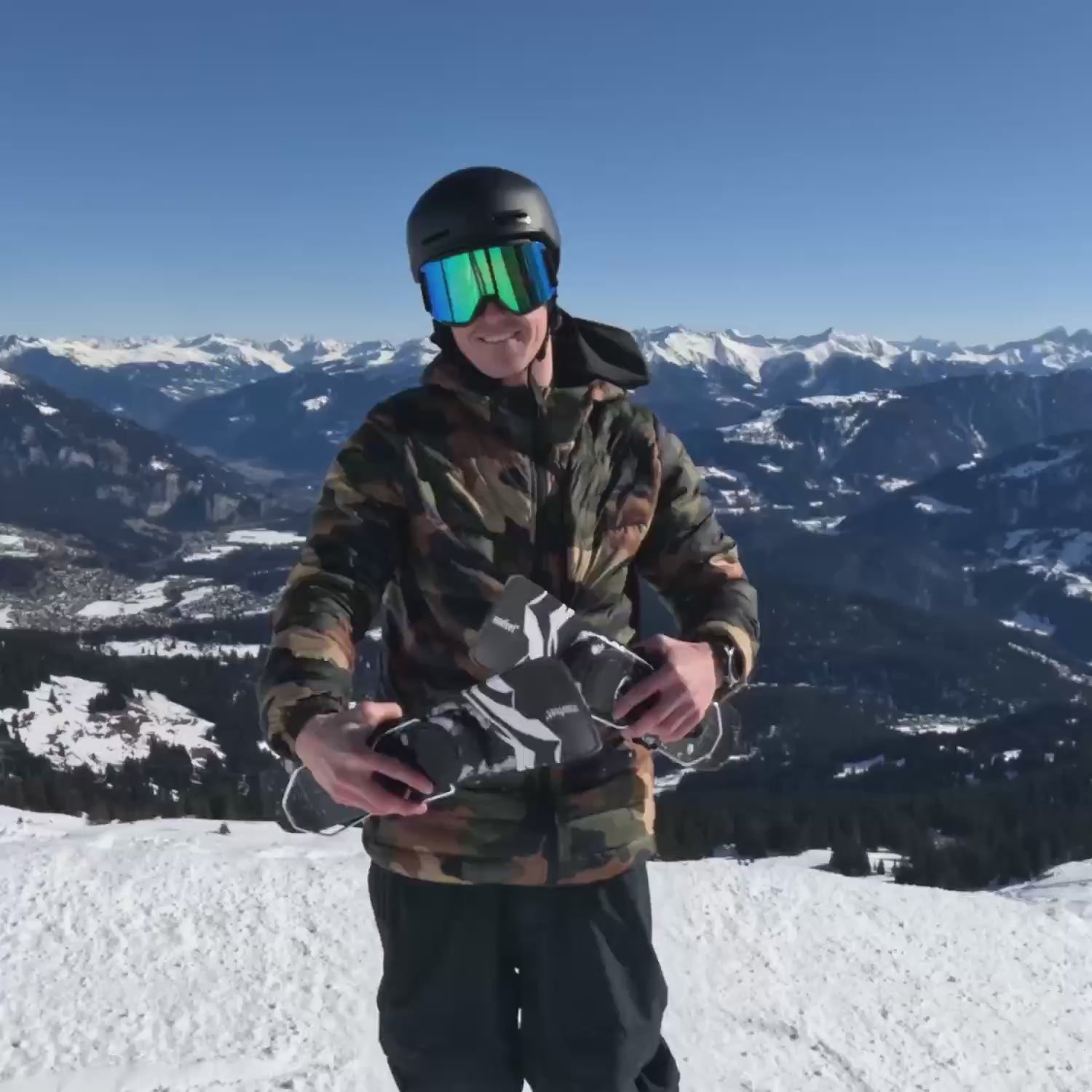
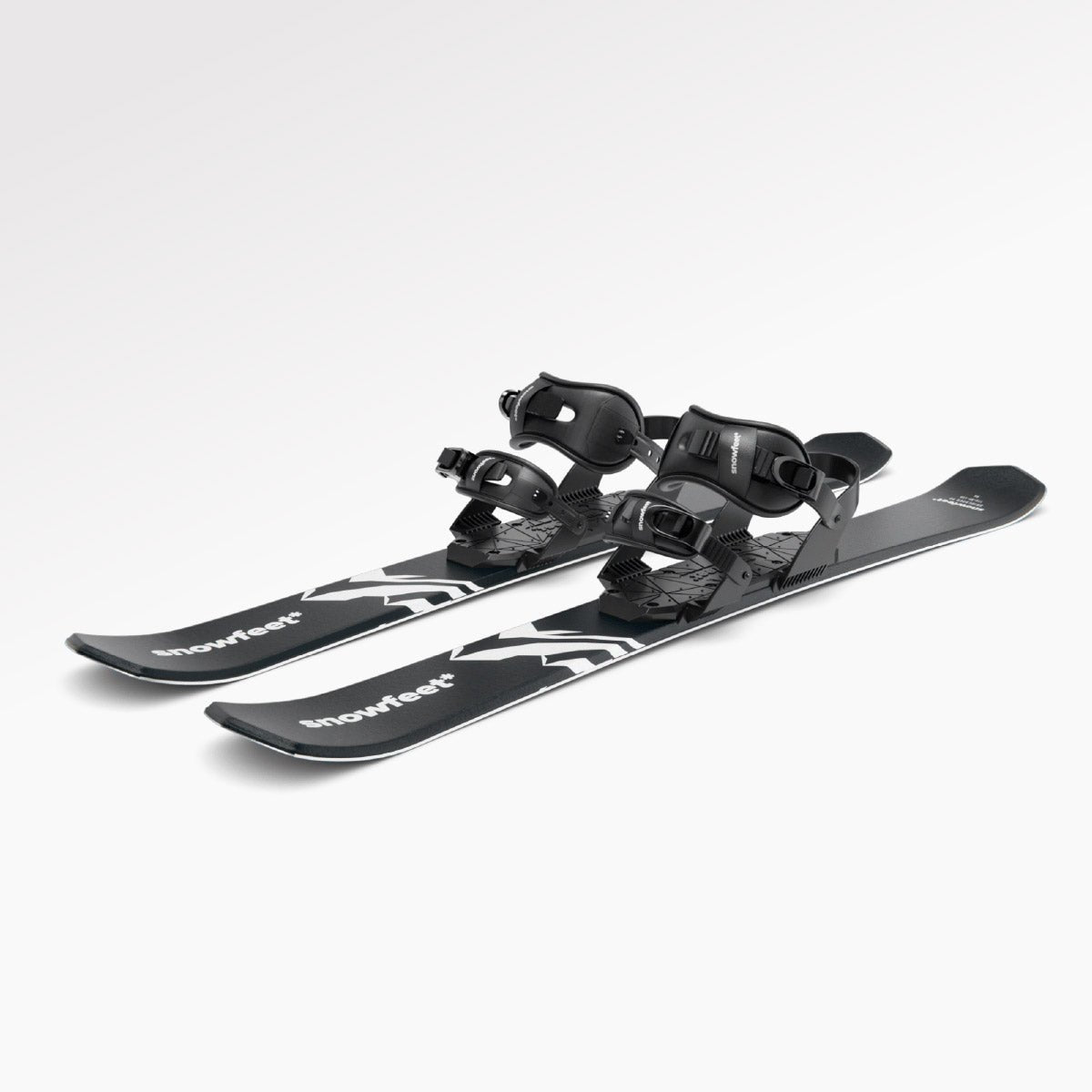
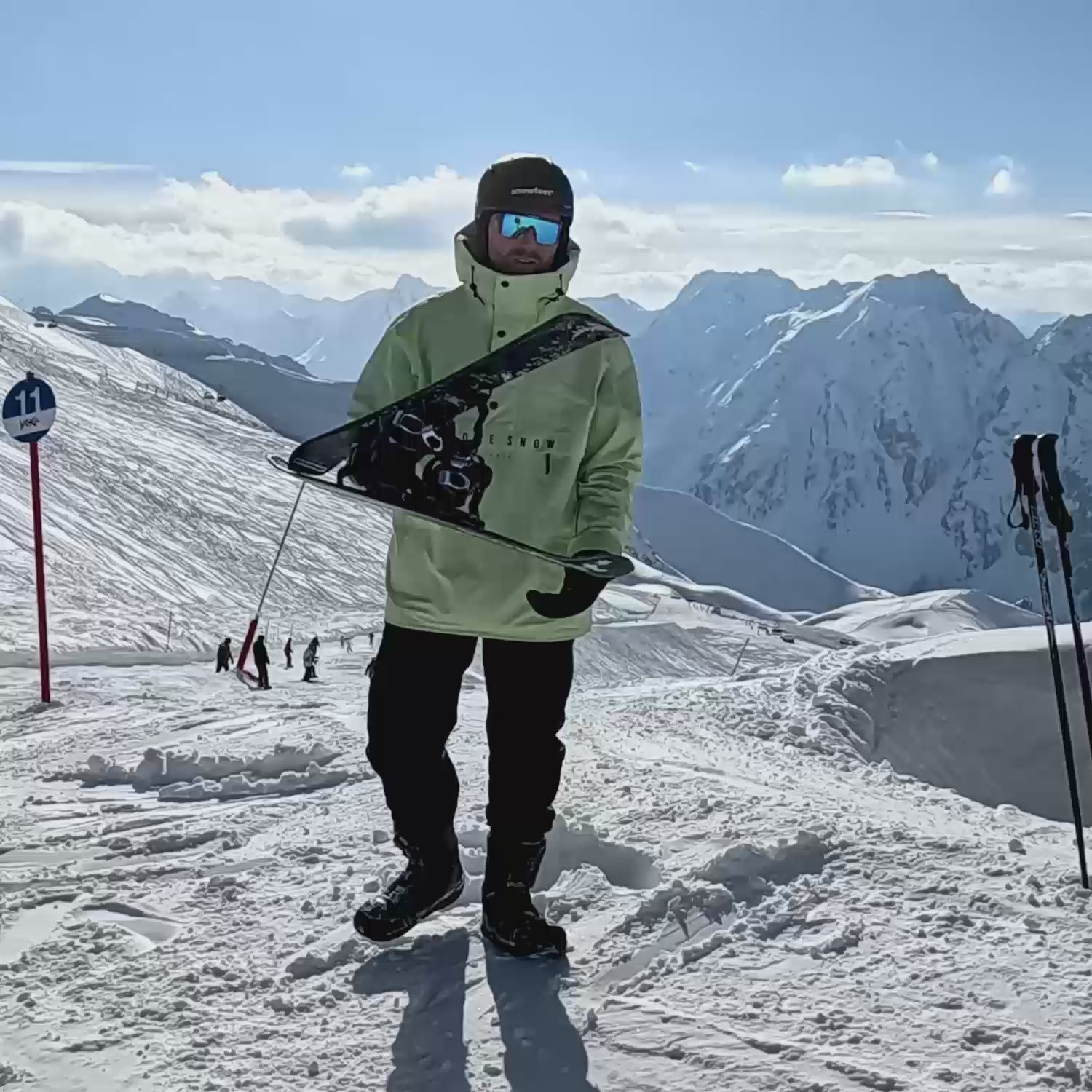
Leave a comment
This site is protected by hCaptcha and the hCaptcha Privacy Policy and Terms of Service apply.